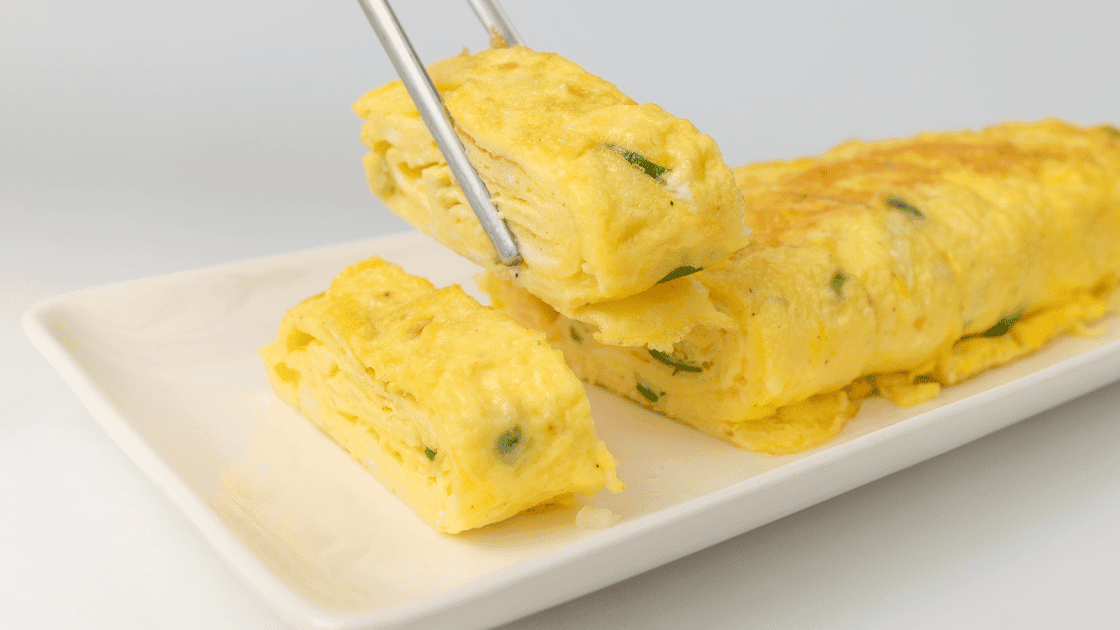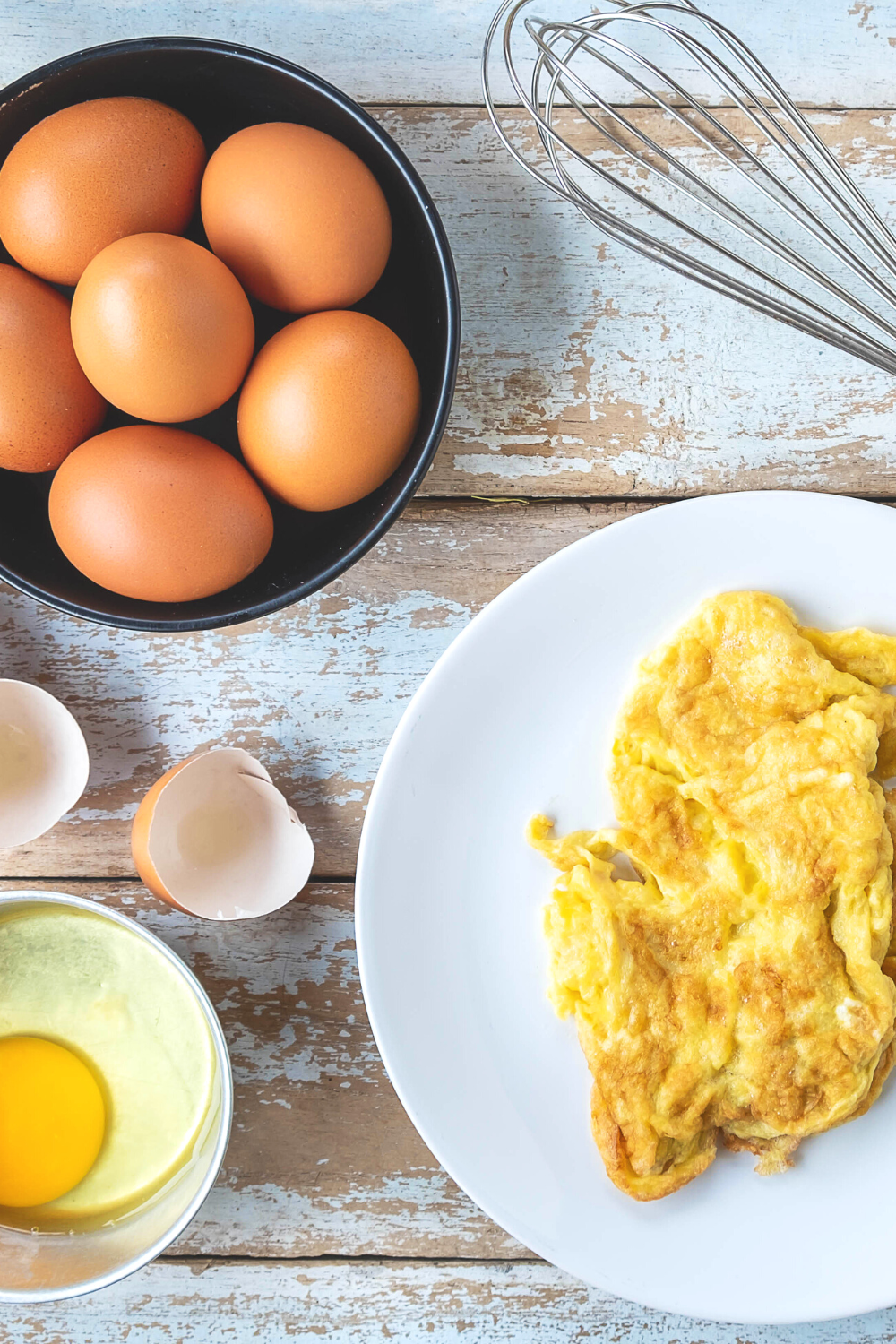
Is a low carbohydrate way of eating expensive?
There are a few reasons why some may perceive low-carbohydrate meals to be expensive, here are some:
-
Higher cost of specialty low-carb products: Some low-carb or keto-specific products marketed as alternatives to traditional high-carbohydrate foods can be more expensive. Items like low-carb bread, pasta, or snacks may have a higher price tag due to their specialized nature.
- Perception of limited food options: People may assume that a low-carbohydrate diet restricts them to expensive, niche ingredients or gourmet items. This perception can arise from unfamiliarity with low-carb cooking techniques and recipe ideas, leading to the belief that only costly or exotic ingredients can fit within the dietary guidelines.
- Comparison to cheaper carbohydrate staples: Carbohydrate-rich staples like rice, pasta, and bread are often affordable and have been dietary staples for many cultures. When people transition to a low-carbohydrate diet, they may compare the cost of these staples to the alternative ingredients required for low-carb meals, potentially perceiving the latter as more expensive.
- Misconception of needing organic or premium ingredients: Some individuals may believe that low-carbohydrate diets require expensive organic or premium ingredients. While high-quality ingredients are always a good choice, they are not a necessity for a low-carbohydrate way of eating. Nutritious, affordable options can be found within a regular grocery store.
-
Lack of awareness of budget-friendly low-carb options: If individuals are not familiar with budget-friendly low-carbohydrate alternatives, they may assume that all low-carb options are expensive. However, there are numerous affordable low-carb ingredients available, such as eggs, chicken, canned fish, frozen vegetables, and seasonal produce.

A Low Carbohydrate Way of Eating is not Expensive
On the contrary, a low carbohydrate way of eating can actually be cost-effective for several reasons:
- Reduced reliance on processed foods: Low-carbohydrate diets typically prioritize whole, unprocessed foods such as meats, poultry, fish, eggs, vegetables, and healthy fats. These foods are often less expensive than pre-packaged convenience foods and processed carbohydrate-rich items.
- Fewer expensive specialty items: Unlike some specialized diets that require expensive and hard-to-find ingredients, a low-carbohydrate diet can be based on readily available, affordable staples. The focus on whole foods means you can rely on basic ingredients like meat, eggs, vegetables, nuts, and seeds, which tend to be reasonably priced.
- Less reliance on expensive carbohydrates: Carbohydrate-heavy foods such as bread, pasta, and rice can be relatively expensive, especially when compared to lower-carbohydrate alternatives like vegetables and proteins. By reducing or eliminating these expensive carbohydrate sources, you can save money on your grocery bill.
- Reduced food waste: Low-carbohydrate meal plans often emphasize fresh ingredients that have a longer shelf life, such as meat, eggs, and non-starchy vegetables. This can help reduce food waste as these items can be stored for longer periods without spoiling.
- Meal planning and batch cooking: Following a low-carbohydrate way of eating often involves planning meals in advance and preparing meals at home. This can help you save money by avoiding eating out or buying pre-packaged meals. Additionally, batch cooking larger portions and storing leftovers can stretch your budget and provide meals for multiple days.
- Health benefits and long-term savings: While the initial cost of some low-carbohydrate staples might seem higher, the long-term health benefits can lead to savings on medical expenses. A low-carbohydrate diet has been associated with weight loss, improved blood sugar control, and reduced risk of chronic diseases such as diabetes and cardiovascular disease.
- Natural fasting: Low-carbohydrate meals contain higher amounts of protein, healthy fats, and fiber, which can increase feelings of satiety. This makes the body go on natural fasting, making a person eat only 1 or 2 meals a day.
It’s important to note that individual experiences and food prices can vary depending on location and personal preferences. However, with proper planning, a low-carbohydrate diet can be cost-effective by focusing on whole, unprocessed foods and utilizing affordable protein and vegetable sources. Exploring budget-friendly recipes and incorporating simple cooking techniques can help make low-carbohydrate meals accessible to a wide range of budgets. Here’s some meal ideas that will not break the bank when you want to follow a lowcarb way of eating.
.png)
7 Day Low-Budget and Low-Carbohydrate Meal Plan
Day 1:
- Breakfast: Omelet with green onions, bell peppers, and cheese.
- Lunch: Cabbage stir-fry with ground beef.
- Dinner: Baked chicken thighs.
Day 2:
- Breakfast: Hard-boiled eggs with kewpie.
- Lunch: Tuna and avocado salad.
- Dinner: Cauliflower rice with parsley and grilled chicken.
 Day 3:
Day 3:
- Breakfast: Scrambled eggs with mushrooms and feta cheese.
- Lunch: Zucchini noodles (zoodles) with tomato sauce and grilled chicken.
- Dinner: Ground beef stir-fry with mushroom (flavored with coco aminos).
Day 4:
- Breakfast: Spinach and mushroom frittata.
- Lunch: Canned sardines or mackerel with cucumber slices.
- Dinner: Grilled steak.
Day 5:
- Breakfast: Cucumber slices and cream cheese, eggs.
- Lunch: Chicken lettuce wraps with sautéed peppers and onions.
- Dinner: Baked fish of your choice with steamed broccoli and a side salad.
 Day 6:
Day 6:
- Breakfast: Veggie scramble with zucchini, bell peppers, and cheese.
- Lunch: Egg salad.
- Dinner: Pork chops with cauliflower mash and roasted Brussels sprouts.
Day 7:
- Breakfast: Cottage cheese with sliced almonds and raspberries.
- Lunch: Shrimp stir-fry with zucchini noodles in butter.
- Dinner: Baked chicken drumsticks with roasted cauliflower and a side of green salad.
Remember to adjust portion sizes according to your individual needs and preferences. Also, consider using weekly sales and discounts when shopping for ingredients to make it more budget-friendly.





Leave a Reply